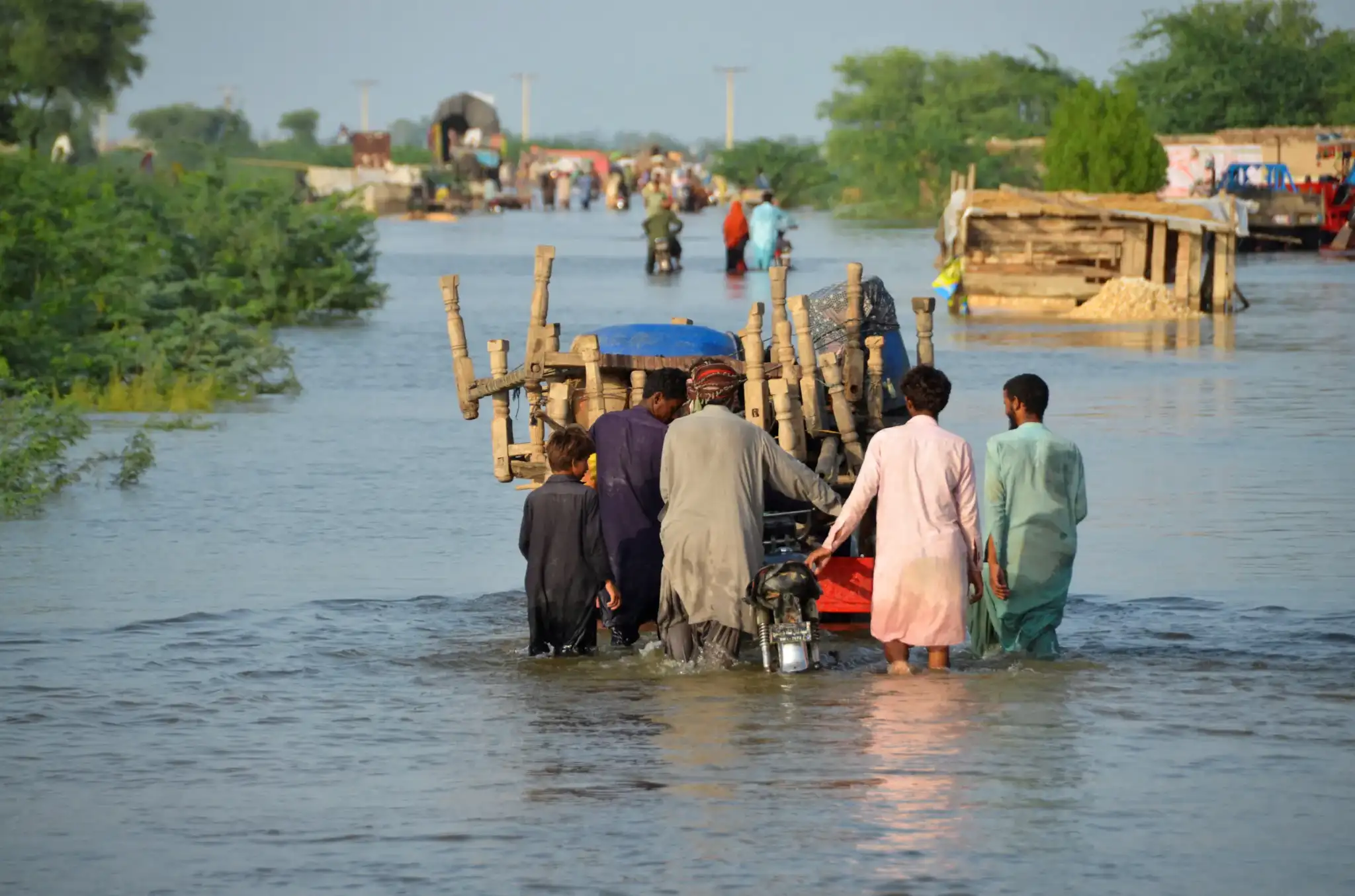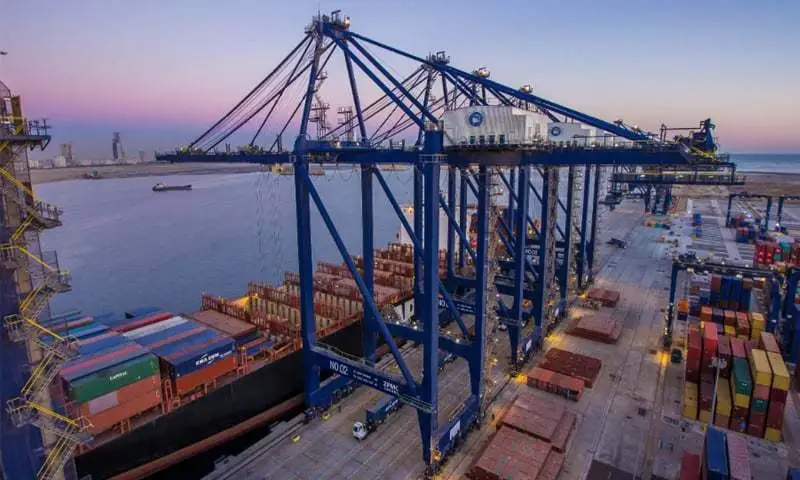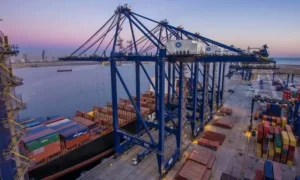![]()
Pakistan has recently reached an agreement with China to mobilise about $7 billion for the long-delayed ML-1 railway project under CPEC. This financing plan, supported by Pakistan, China, and international lenders, also outlines broader cooperation in roads, industry, agriculture, and livelihoods. The project is expected to finally move forward after years of setbacks.
The ML-1 upgrade, linking Karachi to Peshawar, is vital for Pakistan’s economy. First estimated at nearly $9.9 billion, it was revised down to $7 billion in 2023 to make financing workable. However, delays caused by political uncertainty, Covid-19, security risks, and weak financing capacity have kept it on hold. Each year of delay increases costs, making it harder to complete without fresh borrowing.
This pattern is not new. Many development projects in Pakistan have faced cost overruns and long delays. Studies show construction projects in the country overshoot costs by nearly 30 per cent on average and are often delayed by more than two years. Roads and large government projects are usually the worst affected. Weak planning, poor monitoring, and over-optimistic cost estimates are at the root of the problem.
Examples are plenty. The Diamer-Bhasha Dam, planned in the early 2000s at Rs479 billion, has now crossed Rs1 trillion, more than double the original cost. Similarly, Lahore’s Orange Line Metro Train suffered delays due to court cases and technical hurdles, which pushed up final costs. Karachi’s Circular Railway has risen from Rs20 billion to more than Rs200 billion, yet still struggles to move forward.
Every cost increase creates pressure on the national budget. Funds must be diverted from health, education, and welfare to cover rising bills. In FY25, for example, the federal development programme was cut from Rs1.4 trillion to just Rs905 billion, largely due to debt servicing and project overruns. This “crowding out” effect hurts human capital and weakens long-term growth.
Analysts call this a hidden tax on progress. Instead of delivering quick benefits, delays and mismanagement inflate costs, add to debt, and reduce value for money. The public ends up paying through higher taxes, reduced services, or more borrowing.
Solutions exist: realistic cost appraisals, transparent procurement, early warning systems, and timely payments to contractors. If Pakistan can strengthen planning and accountability, projects like ML-1 could become engines of growth rather than symbols of wasted potential.














